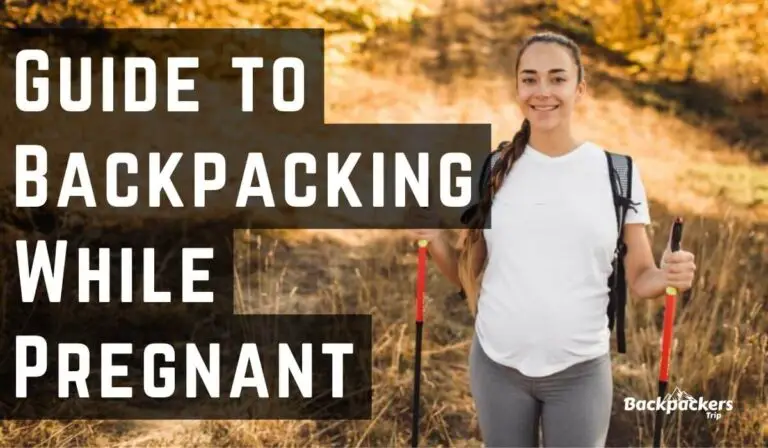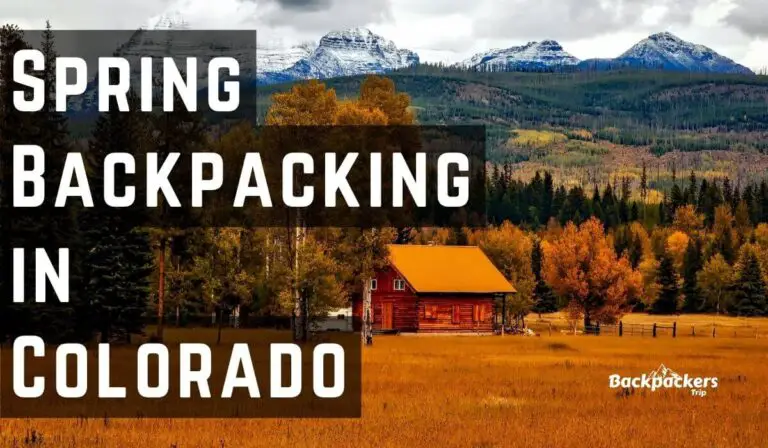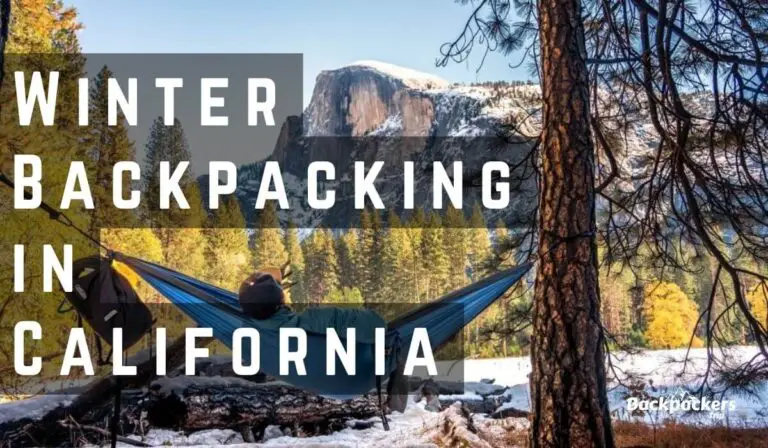Baker Lake Backpacking – Everything You Need to Know
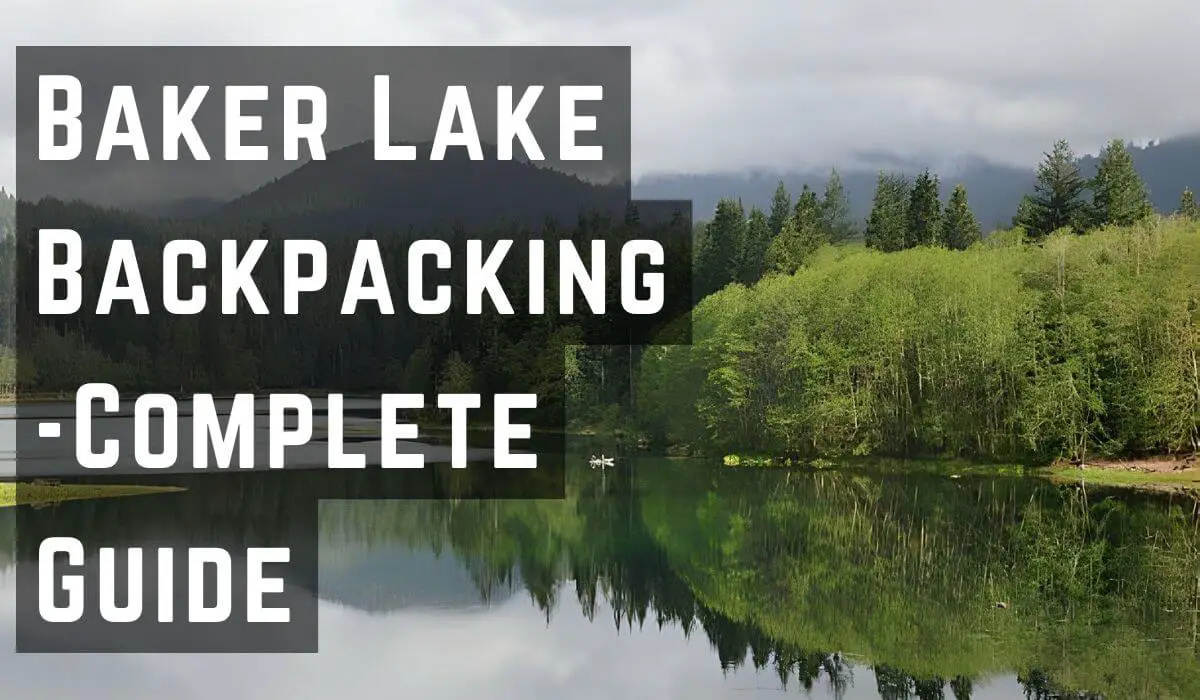
Baker Lake is located in the Mount Baker-Snoqualmie National Forest, near the North Cascades region of Washington State. While Baker Lake is near the North Cascades and offers similar alpine beauty, it lies outside the boundaries of North Cascades National Park and is part of the Mount Baker-Snoqualmie National Forest. The lake is nestled in the stunning Cascade Mountains, near the iconic Mount Baker. The hiking trail is approximately 14 miles long. Backpackers stand a chance to explore the pristine beauty of Baker Lake and Mountain Baker together while backpacking here. With excellent facilities for camping and backpacking, you can solely enjoy Baker Lake’s picturesque views, diverse landscapes, tranquil surroundings, and the area’s other natural splendors. Hence, Baker Lake backpacking promises an unforgettable and tension-free voyage for you to enjoy.
In this blog, we will brief you on how to have a backpacking experience to cherish in Baker Lake, with all its unique appeals and attractions. We will also present the ins and outs of your tour to help you plan your trip effectively and make the most out of it!
Planning and Preparation for Baker Lake Backpacking
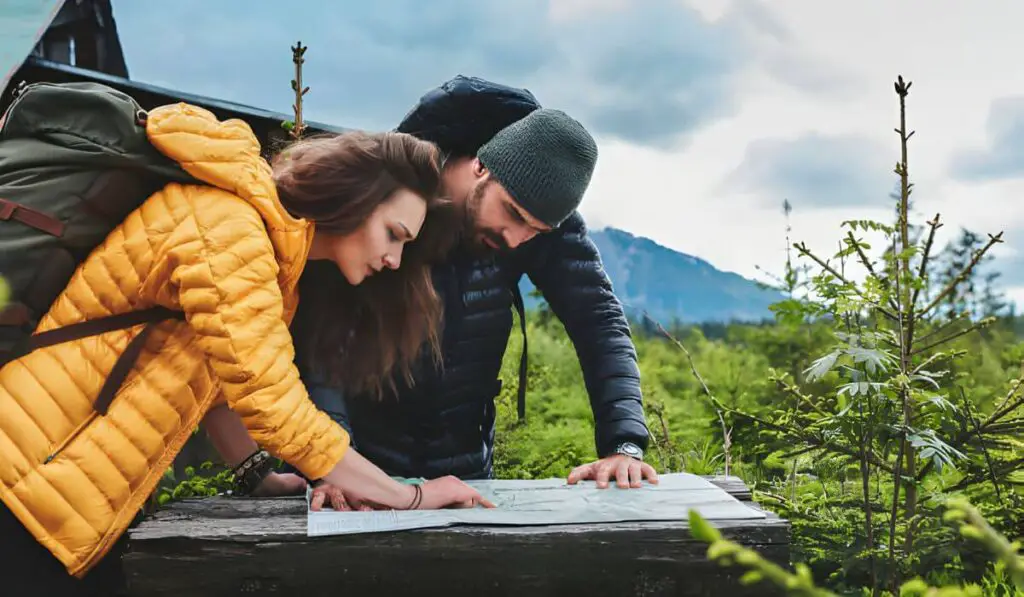
Planning before embarking on a trip ensures your safety and overall untroubled encounter during the backpacking trip. Researching the trail and checking weather conditions will help you make the right decisions about the route, what to bring, where to go, transportation, camping sites, and potential hazards. Knowledge of required permits or passes, restrictions, and other facilities will make your total travel hassle-free.
By investing time and effort into planning and preparation, you can explore Baker Lake’s backpacking trip with confidence, peace of mind, and the ability to adapt to unexpected situations. It offers a safer, more enjoyable, and fulfilling experience in the stunning wilderness of Baker Lake.
Packing
While packing for a backpacking trip at Baker Lake, you need to pack efficiently and not excessively. You must pack essential gear and food according to the weather and terrain demand.
Choose a comfortable and lightweight backpack to carry all your gear. A light tent and a sleeping bag suitable for the expected temperatures should be one of your priorities if you plan hiking days together.
Navigation tools are a great help as you backpack. Pack a map, compass, headlamp or flashlight, and GPS device to navigate the trail. Vicinity maps of Mt. Baker-Snoqualmie National Forest are available in downloadable and printable versions. They also have their maps in mobile application form. Yet, remember to carry a hard copy of your map, as the network won’t always be stable.
Packaging a first aid kit with a multi-tool box and a water filtration system is wise. Pack appropriate layers for changing weather conditions, including a waterproof jacket.
For food, go for meals that are easy to prepare and provide essential nutrients. Pack energy bars, trail mix, and dried fruits for quick energy boosts. Bring lightweight pot, stove, and use bear-resistant containers to store food and prevent wildlife encounters.
Permits and Weather Checks
Obtaining necessary permits and checking weather conditions before heading for Baker Lake is very important.
You will need a recreation pass for many trailheads, picnic areas, boat launches, and interpretive sites. Day-use visitors may obtain a free, self-issued wilderness permit at ranger stations and trailheads. There are also passes for Event or Commercial Use and for using forest Products. These permits help to protect the environment and ensure a positive experience for all.
Weather conditions in the North Cascades are more likely to change rapidly. Awareness of the forecast and any signs of potential storms, heavy rainfall, or extreme temperatures will help you make informed decisions about gear, clothing, and route choices. Monitor weather updates from reliable sources and make adjustments accordingly.
By obtaining the necessary permits and staying up-to-date about weather conditions, you will have a smoother experience with minimized last-minute stress or complications.
The Trails of Baker Lake
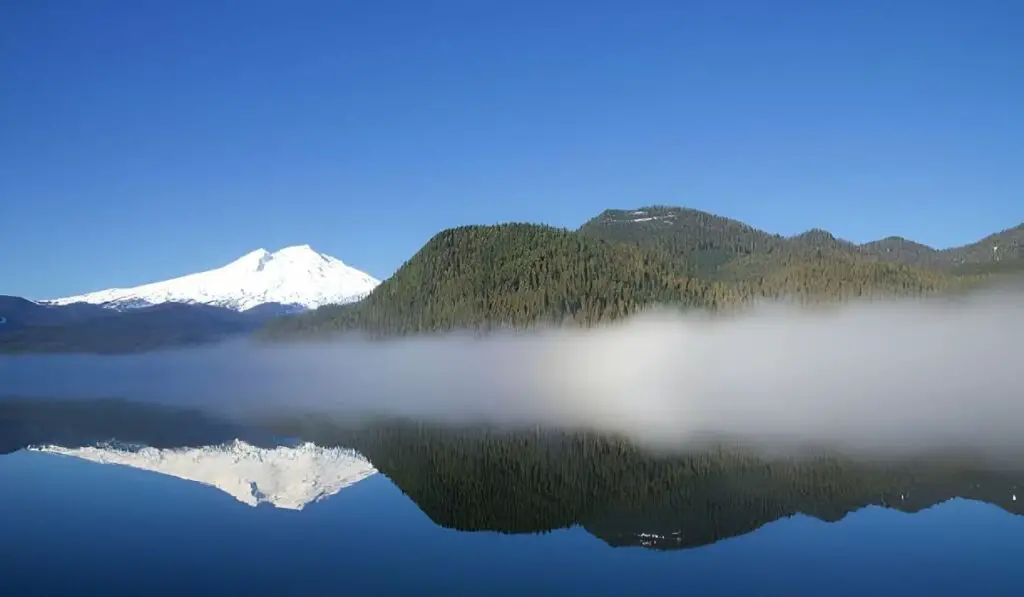
The trail around Baker Lake upholds captivating dense forests, picturesque views of Mount Baker all along the course, and Baker Lake itself, making this trail a great path to travel and have a diverse backpacking experience. Here’s an overview of the track and its difficulty level:
Trail Description
The Baker Lake trail is a 14-mile loop that encircles the lake. This hike is perfect for all seasons with its low elevation and level grade. The trail winds through a lush forest of Douglas firs and burned cedar, resembling the historic fire event of 1843. It has two access points. The path is well-maintained and marked, making it relatively easy to follow.
Entry and Viewpoints
It has two entry points starting from either the north or south trailhead. The northern trail is East Bank Baker Lake, a busy, popular course in summer. The viewpoints on this path include a long suspension bridge, Blum Creek, Hidden Creek, salmonberry plants growing, Noisy Creek, the tip of Mount Shuksan, and many more.
The South Baker Lake Trail itself is long enough to keep you going but manageable. Here, you’ll encounter the Anderson Point Campground, 5.5km from Maple Grove, Noisy Creek, several beautiful streams, and many more.
Difficulty Level
The Baker Lake trail is considered to be of moderate difficulty. Some sections have gentle inclines and descents, but most are in low elevations, making hiking easier for hikers.
It is an ideal hiking spot for all ages and abilities. The average elevation is 500 feet. It is even child-friendly. The trail is generally well-graded and well-maintained. Hikers should be prepared for some roots and rocks along the path. Overall, the route is suitable for a perfect family hike as well as solo backpacking.
Duration
It is an 8.0-mile roundtrip. Although it utterly depends on individual hiking speed, breaks, and camping arrangements, it takes around 2-3 days to complete the entire loop on average with a slow pace and overnight backpacking. However, experienced hikers can complete the trail in a shorter time frame.
Scenic Highlights
Numerous cascading creeks crisscross the trail, sturdy bridges cover the streams, and a suspension bridge over Baker River offers panoramic vistas to the eyes. The trail also passes through old-growth forests, providing a serene setting. Keep an eye out for spring wildflowers and vibrant fall allures during autumn. The Baker Lake trail also provides opportunities for swimming, fishing, sightseeing, boating, birdseeing, and whatnot!
Even if Baker Lake stands for everything nice and calm, it also has some drawbacks, like bugs! A visitor of Baker Lake states and we quote, “I didn’t get any bug bites but there were quite a few bugs at the campsite around dusk. The fire helped a lot. I imagine it would get a lot worse over the summer months.”
But then again, most of them go like, “ I was also at Anderson Point. Perfect conditions and gorgeous views.” So, it is definitely worth your visit!
Note that trail conditions can change due to weather or other factors, so check with local authorities or visitor centers for updates and specific considerations before embarking on your backpacking trip at Baker Lake.
Camping at Baker Lake
There are a variety of camping options at Baker Lake Trail, Washington. Several developed campgrounds offer great amenities such as picnic tables, fire pits, restrooms, and potable water. Popular campgrounds include Panorama Point, Horseshoe Cove, and Swift Creek. These campgrounds require reservations and have designated campsites with established facilities.
For a more remote and immersive experience, backcountry camping and dispersed camping are available for you. You may find suitable spots to set up the tents near or away from the trail. In such cases, you must follow Leave No Trace principles, local regulations, and guidelines for dispersed camping. These camping experiences will help you to have better wandering expertise and connection with nature.
Baker Lake also offers opportunities for boat-in camping. If you have a boat or kayak, you may explore the lake and find designated camping areas accessible only by water. These sites will offer unique camping exposure with bonus panoramic vistas.
Here are a few famous developed campgrounds near Baker Lake-
Anderson Point Campground
Anderson Point Campground is on the northeastern shore of Baker Lake. It offers a setting in the middle of tall trees. The campground provides picnic tables, fire rings, vault toilets, and access to the lake for swimming and fishing.
Maple Grove Campground
Maple Grove Campground stands on the eastern shore of Baker Lake. Maple Grove is famous during the fall when the maple trees showcase vibrant colors with all its grace. The campground offers a mix of sunny and shaded campsites, some right by the lake. The campground also provides basic amenities.
Kulshan Campground
Kulshan Campground is considered to be the largest overnight camping destination of Baker Lake. It is open year-round. This spot lets you get a mesmerizing view of Mount Baker and Mount Shuksan together. Hiking, camping, hunting, fishing, swimming, and winter sports are offered here. Many also choose to study nature here for its easy accessibility.
This developed campground consists of almost 100 campsites in such a small area. Although the campground’s parking lot style is efficient, charm and privacy are not anywhere near good. Portable toilets all over the campground instead of well-constructed restrooms add to the problem even more.
Swift Creek Campground
Swift Creek Campground is placed on the western shore of Baker Lake. It offers a peaceful and scenic setting with campsites nestled among the trees. Providing general conveniences, Swift Creek is known for its tranquil atmosphere and scenic beauty.
Shannon Creek Campground
Shannon Creek Campground is found on the southern shore of Baker Lake. It offers a quieter camping experience with opportunities for wildlife sightings. The ground also serves perks like other renowned grounds with all its majestic views.
While these designated spots might cost you an extra, from a visitor’s insight, we get to know that there are hot springs at the head of the lake and a lot of car camping/hiking available. There is also a free campsite on the south side of the lake.
So whether you are up for enjoying your backpacking with all the comforts or seeking adventures in the middle of nowhere, Baker Lake has it all. Now, the wait is just for you to buckle up and have a backpacking experience at Baker Lake already!
Tips for Camping
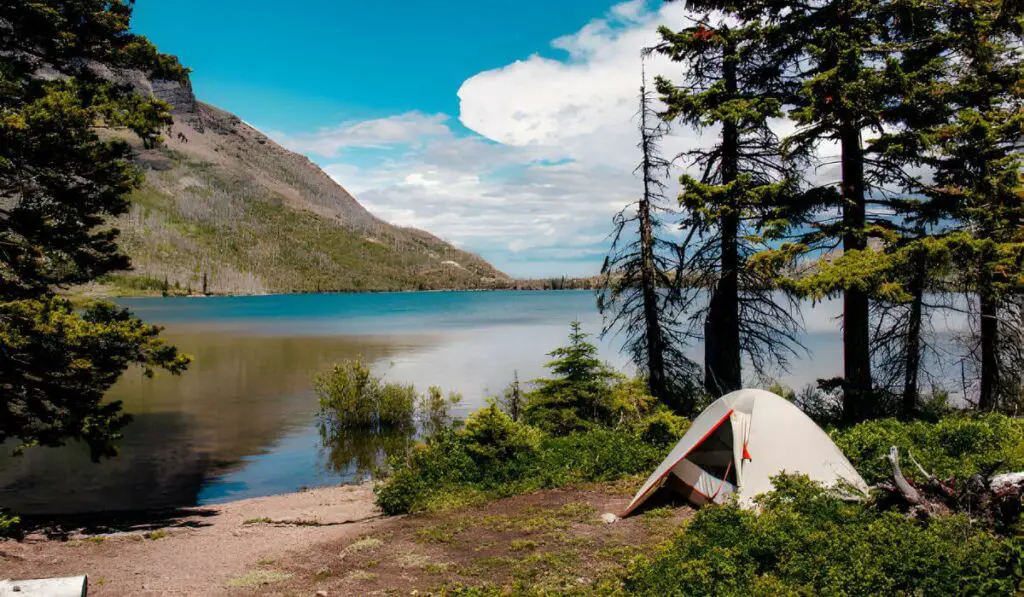
When camping at Baker Lake, it’s important to note a few tips to have a safe and fun experience. Black bears are common in the Baker Lake area. So, To minimize encounters and promote bear safety, use bear-resistant containers, try to make noise while hiking to alert bears of your presence, and carry bear spray as a precautionary measure.
Following the Leave No Trace principles is your duty. Try to avoid having an impact on the environment and preserve the natural beauty of Baker Lake by disposing of waste properly in designated receptacles or packing it out with you.
Be prepared for the sudden change in weather at Baker Lake. Check weather forecasts before your trip and constantly have updates while you hike.
Be considerate of other campers by observing quiet hours and not making noises. This helps maintain a peaceful atmosphere for both campers and wildlife and allows everyone to enjoy the natural surroundings.
By following these tips, you can certainly have a safe and responsible camping experience at Baker Lake.
Conclusion
Embarking on a backpacking adventure at Baker Lake is an opportunity to immerse yourself in the beauty of nature, creating ever-lasting memories. With its stunning lake, majestic mountains, and serene forests, Baker Lake offers something for everyone and obviously a picturesque backdrop for outdoor enthusiasts seeking an authentic wilderness experience.
So, gather your gear, lace up your boots, and set out on a journey that will ignite your sense of wonder and remind you of the incredible beauty our mother nature upholds. So be ready to unveil its secrets and leave an indelible mark on your backpacking journey as Baker Lake, Washington, awaits.

